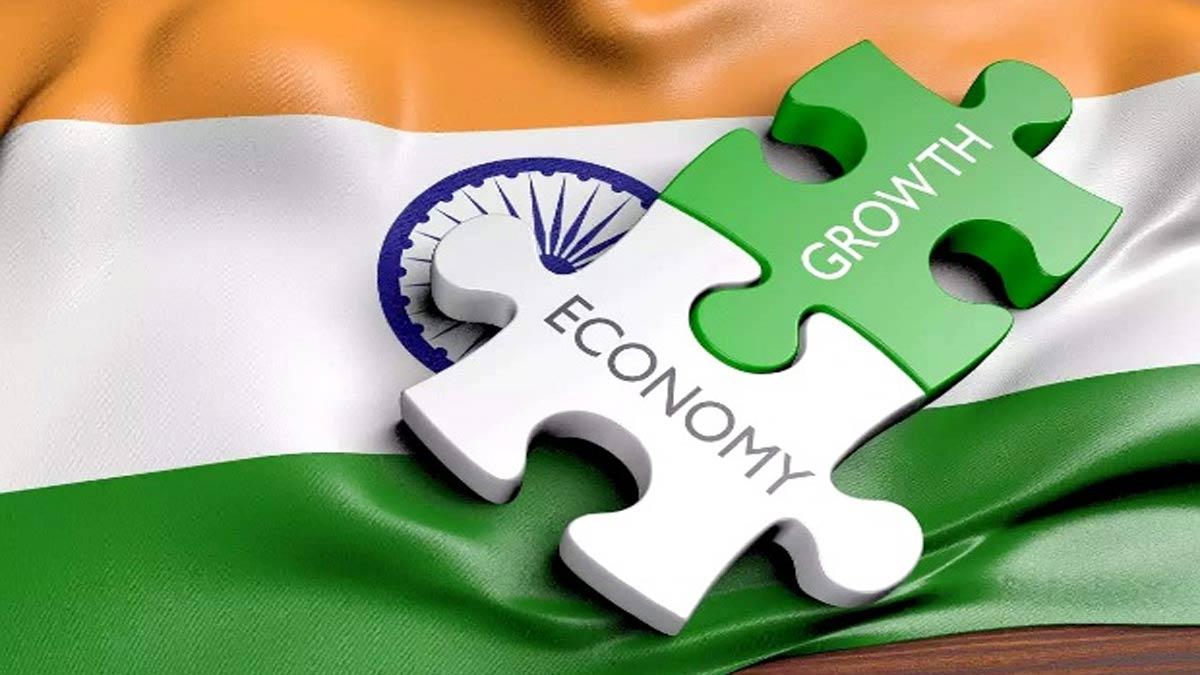India is withstanding US tariffs and international trade headwinds, supported by robust domestic economic fundamentals and modest exposure to exports, says Moody's Ratings in a recent press release.
In its latest analysis of India, the credit agency pointed out that a number of initiatives from the government—varying from improving consumer consumption to stepping up manufacturing and infra investments—are likely to mitigate the effect of softening global demand.
Moody's noted that declining inflation can make way for interest rate cuts, yet another stimulus for economic momentum. Meanwhile, proper liquidity in the banking sector is facilitating strong credit expansion.
"India is more well-placed than most of the other emerging markets to handle US tariffs and global trade disruptions, aided by strong internal growth drivers, a large domestic economy and a low reliance on goods trade," the agency stated.
The report further addressed regional geopolitical tensions, especially those centered on Pakistan. It indicated that economic fallout from the recent May escalation is expected to be greater for Pakistan than India.
In a situation of continued rise in localized tensions, we do not foresee large-scale disruptions to Indian economic activity because it has minimal economic ties with Pakistan. Further, the regions of India that are responsible for most of its farm and industrial production are located far away from the areas of conflict," Moody's said.
Nonetheless, the report cautioned that heightened defense expenditures in response to geopolitical threats would put pressure on the fiscal health of India and could reverse the progress being made in fiscal consolidation.
Moody's observed that increased infrastructure spending by the central government is supporting economic output, while cuts in personal income tax are underpinning improving consumer demand.
India's economy is also cushioned from trade volatility on account of its limited reliance on goods exports and the resilience of its services sector. However, there are some sectors, such as automobile production, that may experience the pressure of global trade volatility, especially in the context of US markets, even though they are quite diversified in their operations.
Earlier this month, Moody's updated India's growth estimate for the 2025 calendar year, reducing it to 6.3% from a previous estimate of 6.7%. Even after the downgrade, India is likely to have the highest growth among G-20 economies.
In April, the US government imposed a new round of across-the-board, country-wide tariffs, subsequently putting their implementation on hold for 90 days. A baseline 10% tariff continues, but there are exemptions for some sectors, while more stringent duties persist for steel and aluminium industries, among others.
Read also| India-UK Free Trade Agreement Poised to Double Textile and Apparel Exports by 2030


















